|
Dwarfed by westernized restaurants with patios and rooftop bars, large furniture and swanky furnishings, the inconspicuous eight table Cafe Soleil serves up really good vegetarian Khmer dishes at reasonable prices. The green curry noodle soup is the perfect marriage of Vietnamese and Thai, with thick rice noodles swimming in a bright green curry broth. Khmer cuisine introduces forbidden rice and sweet Thai flavors, such as fresh pineapple and coconut, which balance the medium spice of red curry. It’s our first dinner in Cambodia, and it is delicious. Prices range from $3 - $6 for an entree (more for Western food, but if you’re craving a pizza this is not the spot to indulge). An iced Angkor beer, a light lager not unlike Saigon found in Vietnam, will run you $1 per bottle. Expect to wait awhile for food to be delivered, a welcomed sign that it is being prepared to order (and why on Earth would you be in a rush in Cambodia anyway?). the details:
1 Comment
After more than three weeks in Vietnam, crossing the border into Cambodia is a completely new adventure. Upon entering the ancient Khmer Empire, the effects of the political and economic decisions of the last few decades are quickly apparent. There are fewer motorbikes, more bicycles and the contrast between the “have” and “have nots” runs deeper than in Vietnam. In the southeast corner of Cambodia, where the Mekong, Tonle Sap, and Bassac rivers intersect, lies the country’s capital, Phnom Penh. With just over two million residents, it’s Cambodia’s largest city and economic and political hub. It’s also the country’s wealthiest city, the evidence of foreign investment and Western expats everywhere. The people here are gracious, kind, and dignified, reflecting a wisdom only those who have endured great hardship can know. The persistent “tuk tuk?!” offers are almost always followed by “thank you’s,” and nearly every smile given is easily returned. Head into the city center and a different story is being written. Resting in the shade of treelined streets and sleek new apartment buildings are fancy restaurants, coffee shops, and boutiques. Costa Coffee and even a brand spanking new Domino’s Pizza can be found here. The tuk tuks, motorbikes, and bicycles weave around Land Rovers and Lexus SUV’s. It’s a country still recovering from the horrors of the all too recent past. Phnom Penh, a striking example of the impact of modernization with pockets of prosperity floating like islands in a sea of third world reality. But what stands out the most about Phnom Penh, is the disparity created by the double digit growth rates of the past two decades. On the outskirts of town, small children hoist bags of recycling twice their size as they stumble along dusty roads. Large flatbed trucks carry dozens of women to work, packed shoulder to shoulder with barely any room to breathe. Massive piles of trash line each dirt road and the rubble of brick and stone mark where buildings once stood. the details:
Traveling to places less popular among tourists and backpackers has its benefits. Can Tho, the largest city in the south of the Mekong Delta, is not a stop on the Saigon day tour route. This means low prices and a more realistic glimpse of everyday life. A city of over a million people, it is an agricultural mecca, the natural waterways and lush soil providing the perfect recipe for produce. We've had the chance to try Vietnam's fresh fruit and vegetables along our journey, including many types of juice (everything from carrot to dragon fruit to passion fruit) and "fruit shakes" (aka smoothies, think mango and papaya, as well as adventurous options like avocado and tomato). We've sampled nearly every flavor. Most are very good, but many still miss the mark. Then, just as we're about to leave Vietnam, on our last stop, we find the perfect smoothie.
Cafe XAY is a non-descript, blink-and-you'll-miss-it cafe offering a couple local dishes, coffee drinks, and Vietnam's best smoothies. Small potted plants hang in the entrance and white bistro tables with "Ristorante" written in red cursive make up the open-air seating. Blended scoops of papaya and ice create a smoothie of the perfect consistency. The strawberry smoothie includes ice, yogurt and strawberries, complete with flecks of green (proof of a fresh strawberry base). And the best part? Each smoothie is about 75 cents. Daily mid morning Can Tho snack... check.
Raindrops barrage the water’s surface as our small boat rocks from side to side. Our Captain, a local Vietnamese man who we’ve paid $25 to guide us through the famous Cai Rang floating markets, desperately yanks the pull cord on the Honda motor but it continues to putter. A good 500 feet of murky brown water separates us from either side of the shoreline. We glance at one another, acknowledging that this is actually happening. We're stranded on a tiny wooden boat in the middle of the Song Hau River... in a monsoon.
Five hours earlier, the little vessel is successfully chugging along up the river, passing riverfront homes on stilts and boats carrying everything from fish to produce to motorbikes. Cai Rang is the largest floating market in the Mekong Delta, where locals from the surrounding web of rivers sell goods and produce, easily identified by the samples hanging atop poles on their boats. All of them stacked top to bottom with every fruit, vegetable and variety of fresh water seafood imaginable. Kids lay on the top deck, quietly eating pho as their normal morning routine plays out. The engine cut, our boat snakes through the market, quiet observers in everyday life.
A sharp turn off the main river narrows into a neighborhood of "side streets," or waterways, that twist through fruit orchards and around homes.
We stop at a small farm where jackfruits grow on the trunks of trees and happy fish perform aquaculture. The sun is still shining after an hour spent laying side by side in hammocks and sipping coconuts and mango juice (while our captain kicks it in a nearby hammock, opting for the 10am beer instead).
We're reaching the end of a seemingly perfect day as we embark on our two hour trip back to the pier. In true monsoon fashion, the rain makes a surprise attack. Within seconds of us saying "it's sprinkling," sheets of rain fall from the sky. Our captain struggles against the wind and rain to hoist up the small boat cover, tossing his jacket to us for added protection. The pounding rain combined with the river current and the wake of large passing boats result in a bumpy ride as we calculate the remaining hour or so back to Can Tho. We're the only small boat that is braving the storm on the wide river.
Just as we're nervously laughing, adventurous attitudes in full force, the engine dies. The captain manages to turn it over a couple of times and we momentarily celebrate, only for it to die again. Drifting down the river, rain pouring down, we finally reach a small dock where a friend/mechanic with a wrench and screwdriver in hand works on the wavering motor. It takes 45 minutes, a couple of false starts and a lot of Vietnamese banter, but it finally turns over and we're heading home.
Having weathered the storm we arrive back in Can Tho, say goodbye to the captain, and hope that our tip will contribute to a new motor for the next couple that braves the Mekong on the brink of rainy season in Vietnam.
One of the best gifts of traveling is that of perspective. At home, in our modern, democratic and economically stable society, we still somehow struggle with inequality and extreme income disparity. Yet standing here, on the corner of a crowded Hanoi street, watching hordes of female street vendors try desperately to sell goods, it’s impossible not to have that word creep into your mind. Perspective. The most striking thing we’ve noticed about women in Vietnam is their strength. Whether speeding past on a motorbike or grilling meat at a roadside stand, they exude a silent, yet incredible, confidence. Maybe it’s because they’ve been through so much, tragically lost so many loved ones, so many sons and husbands gone following the still recent war. We’re sitting in a small room in the Vietnamese Women’s Museum, surrounded by portraits of the Heroic Mothers of Vietnam. This title was given by the National Assembly to over 50,000 women, all of whom had lost more than two children, their only child, their husband and child, or their own life, during the war. In the center of the room, sits the Chally scooter ridden by artist Dang Ai Viet, who traveled more than 35 thousand kilometers across the country to paint many of the women. All stories of incredible resolve, through incomparable tragedy and loss. Later, at a nearby coffee shop, we talk about what it means to travel responsibly; to give back to the place we visit. We’ve purposefully been staying in locally-owned homestays and hotels, buying food and products made in Vietnam, and have sought out local shops to ensure what we spend goes back to the communities we visit. But with our newly gained knowledge of the struggle that many Vietnamese women face to support their families, it doesn't feel like enough. There’s no simple answer. No true or false questions, no multiple choice. This is an essay question that has to be answered thoughtfully and thoroughly, with details and examples. Part of this trip, this website, is about finding those details, providing those examples, sharing the information and continuing to look for opportunities to help. In another room of the quiet museum, a small screen loops a 5 minute film, documenting the lives of street vendors near Hanoi. In Vietnamese society, men traditionally stay home to run the farm, or small plot of land, and watch over the children. They earn extremely little money doing this, forcing wives and mothers to move to the city and earn the money necessary for their families to survive. These women typically live together in a dorm-like apartment, as many as 10 to a room. They wake at 4am for the market and work throughout the day, often until 7pm, in hopes they'll make enough to return home every two weeks with $20.
We sit in silence, moved and saddened. We’ve been approached by street vendors throughout our time in Vietnam and nearly all have been women; persistently trying to sell everything from donuts to banh mi, clothing to conical hats. Now we’re itching to get outside and hand over a $20 bill to the first vendor we see so she can go home to her family.
Made up of nearly 2,000 islets within 1,500 square kilometers, this UNESCO World Heritage Site is just a few hours drive from Hanoi. The islets, a product of 20 million years of formation (the limestone itself, 500 million years in the making) from the wet, tropical climate. In Vietnamese, Ha Long means descending dragon, perhaps from a recent flight from Hanoi; it's meaning, ascending dragon. While there are various local legends describing how the bay came to be, its history is legend enough, as people have lived here dating back to 16,000 BC.
It’s the quiet that stands out more than anything. The stillness of the water and lack of wind, or really any weather at all. Once the clouds part and the sun casts its light on the steep limestone cliffs covered in green, the realization that this is not a dream starts to sink in. Images of Ha Long Bay have floated through our minds for years, drifting through the scattered islands in a place we likely couldn’t point to on a map. Always half a world away, but now we’re here.
Atop the roof deck of our 14 room imperial junk boat, we stand staring, jaws dropped, at the sheer beauty of this place. Within an hour we’re anchored in the central part of the bay, preparing to kayak through a floating fishing village, seemingly in the middle of nowhere. Rowing slowly, praying for a way to truly stop time and hold this moment forever, we flow through the gray and green karsts. Hawks float in the sky above as we pass pearl farms, a few small huts on the islets, and caves to the larger bay around us. Soon we’re diving off the boat and floating in the bay, eyes closed, the moment burying itself deep in our minds.
Daylight fades and the sun sets magnificently behind an assortment of cliffs as we push further into the bay. By midnight we’re enveloped by darkness, drinking beers and playing cards with new friends from all over the world.
It’s hard to describe the sensation of hopes or dreams being fulfilled. Very often, we build expectations that can never be met. But not here. Here, every promise is met. Each sudden cliff, a moment permanently engraved in our memory. We turn down a small alley in Hanoi’s old quarter in search of some good, local food. Our destination is Minh Thuy's Family Restaurant, which comes highly recommended by a certain travel review website. Minh’s is small and narrow, with only a half dozen tables, so we share a table just across from another young couple. Within a few minutes we’re deep in conversation with the two young Brits, sharing stories from our collective travels around Southeast Asia. Hours, and many beers later, we part ways and head home for the night. In the time after meeting these cool young kids and before the beers (only 10,000 dong for large Tiger bottles!) were done, we had some great food at Minh’s. It turns out, she’s a pretty well known lady in this town, having made it halfway through the reality cooking show, MasterChef Vietnam. And the food definitely proves worthy of the fame.
Indulging our recently created addiction to fresh spring rolls, we share a plate, as well as some truly awesome ‘fried pho’ topped with crispy shallots and bean sprouts, and egg fried rice that is good, but has trouble standing up against the other plates. It’s tasty enough that we circle back for more the following night, because who can resist some delicious eats and $.50 beers served up by a local celebrity.
The bass of the gong rumbles through the dark theater. Our knees are pressed against the seats in front of us as we sit, surrounded by tourists and a handful of local mothers with their kids, all waiting in anticipation for the show to begin. The self-made happy hour we've just enjoyed on a bench next to the lake has resulted in an optimal buzz, perfect for the Thanh Long water puppet show.
Dating back to the 11th century, water puppetry is one of Vietnam's most treasured forms of folk art and entertainment. When the rice fields of the Red River Delta would flood, villagers would break out their wooden puppets and hold a show inside the rice paddy. A pagoda was put up to hide up to eight puppeteers, who stood in waist-high water and controlled the puppets with long strings and wooden rods. In modern theaters, a Vietnamese orchestra with vocals, drums, wooden bells, cymbals, horns, monochords, gongs, and bamboo flutes, along with lighting, fire and dry ice, now adds to the show. we quickly realize that this is not your local public library puppet show. It's both a traditional art form and a major production. And it's impressive.
The 3 to 4 foot lacquered wood puppets glide across the water's surface in perfect choreographed unison, much like an Olympic synchronized swimming team. Each scene tells a different story, all in Vietnamese, forcing us to quietly spitball what's going down on stage. Dragons breathe fire from the water, birds fly in from the ceiling, a monkey scurries up a tree and we're having a blast.
After this classic performance that dates back centuries, we step out into the bustling Hanoi streets. From the ancient to the modern, the streets are filled with hip hop dance troupes, roaming roosters, musicians, and vendors selling cocktails from carts. The energy is buzzing and this is clearly the local choice for a Saturday night out.
Art, music and culture, the old and the new, all in one night in Hanoi.
P.s. Did we mention the hip hop dancing...
Ear splitting squeals pierce through the gentle swarm of motorbike engines, as sparks cascade like fireworks in the humid afternoon air. Straddling the edge of the scooter occupied sidewalk, desperately attempting to navigate the rush hour street traffic, we twist and turn though what might be called the 'metalworks' district of Hanoi’s old quarter. Vietnam's capital city is a mishmash of specialized neighborhoods, minuscule streets sewed through the wide avenues and palatial buildings left behind by the French. As we've learned by now, America left nothing but destruction in Hanoi and the rest of Vietnam. In contrast, much of this city feels European. Hoan Kiem Lake (lake of the returned sword in Vietnamese) is the heart of Hanoi, with avenues splitting off like arteries to the south, narrow side streets like veins to the north. Each block has its own identity; some filled completely with flowers, others packed to the brim with silk and cloth. Others with paintings, trinkets, bamboo (mostly crafted into bongs, strangely enough), and metal crafted into household goods. After some time spent in Vietnam, Hanoi’s differences from the south, although a bit subtle, are easy to notice. The honking of motorbikes is slightly louder and more aggressive. The chaotic traffic feels less organized. The food, less spicy. It might be where we’re staying (the old quarter is notoriously touristy), but Hanoi feels like a city that caters to foreigners. Menus are written in English, there are women hawking donuts and other trinkets everywhere, and hotel staff are relentless in their offers for trips to Ha Long Bay. Regardless, it’s a beautiful city, full of treelined streets, architectural details, and tributes to “Uncle Ho.” A marriage of ancient Vietnam and colonial France, being reinvented by the young, modern, and enterprising Vietnamese.
"The great challenge in travel is not arriving at the glamorous foreign city, but solving the departure problem, finding a way out of it, without flying. Busses are usually nasty and bus stations the world over are dens of thieves, cutpurses, intimidators, mountebanks, and muggers. Hired cars are convenient but nearly always a ripoff, and who wants narration from the driver? The train is still the ideal- show up and hop on." - Paul Theroux, Ghost Train to the Eastern Star It's hour 9 of 14 and we're getting a little loopy. We’ve assigned nicknames to the passengers in our car and have bets on the murderer in the Vietnamese soap opera that's playing (at full volume) on the tiny television screen. Each time the carriage door opens, we turn, hoping to see the cart selling beer (not pho or steamed sausages). For the fourth time today, we compare this train to the speed and efficiency of the those in Europe or Japan, a hopeless exercise that only leads to further frustration. The only thing to do is surrender to the travel mindset and adopt the "we'll get there when we get there" mantra. We've opted to take the train to Hanoi (the Reunification Express) following our last 14-hour travel adventure on an overnight bus from Nha Trang to Da Nang that included one bathroom break, unpaved roads and a near Dramamine overdose. In comparison, Theroux is right; the train is the way to go. Sure, there are some seriously strange smells, the bathroom requires half a bottle of hand sanitizer, and Vietnamese pop music competes (at full volume) with crying from the soap opera on TV, but we're nine hours in and happily rolling along. To describe the passing Vietnamese countryside as beautiful is selling it short. At 5:30am, the train rocks through the waking streets of the Hue suburbs and shortly after we're slowly moving past rice fields, ponds full of blossoming lotus flowers, and massive limestone cliffs, jutting straight out of the ground. By 1pm, we're in an agricultural area, with the flat plains sprinkled with water buffalo and the bamboo conical hats of farmers. The bright afternoon sun slowly moves overhead and prepares to set as we close in on Vietnam’s capital. Stop after stop, we inch closer to the city, and as darkness falls the train creeps through small villages where men gather around short tables on plastic stools, drinking beer and playing cards. It is, without a doubt, the best way to see the country.
With so much time, we read aloud from Theroux's book, finally reaching chapters on Vietnam and comparing our time here with his. As we learn more and more about this country - the history, the war, the economy and the culture - our experiences start to make more sense. It sparks conversation and reflection; a deeper understanding of the people and place that is only attainable through a combination of effort and time. We're grateful for the opportunity, proud of our decision to travel and happy to experience the world together. All of this from 14 short hours on a train that stands today as a symbol of independence. |
Cohica TravelA travel design agency. Categories
All
Archives
October 2023
Follow us on Instagram @CohicaTravel
|

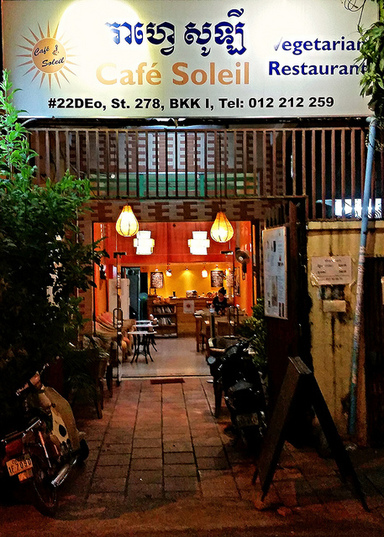
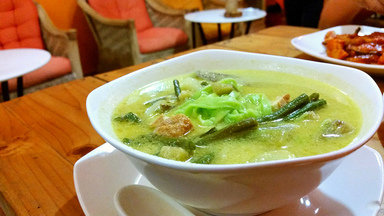
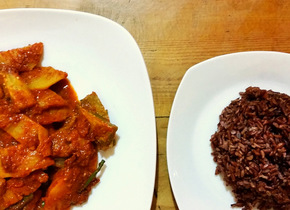
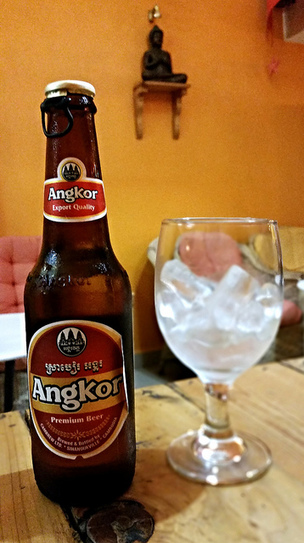
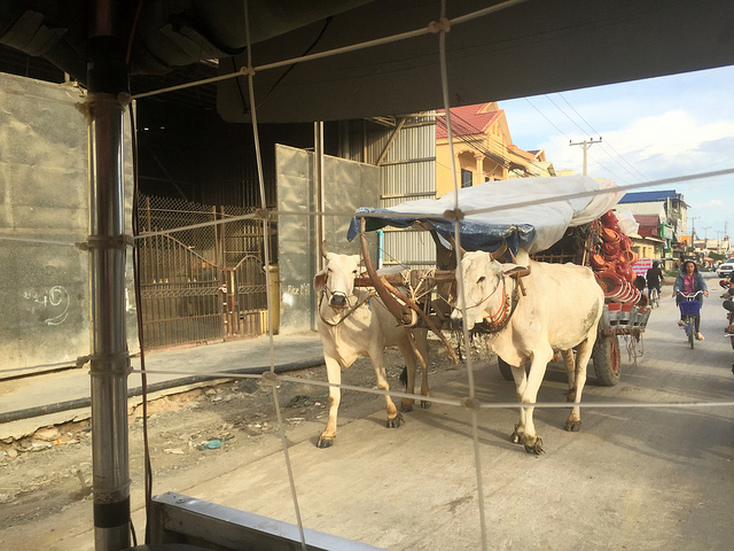
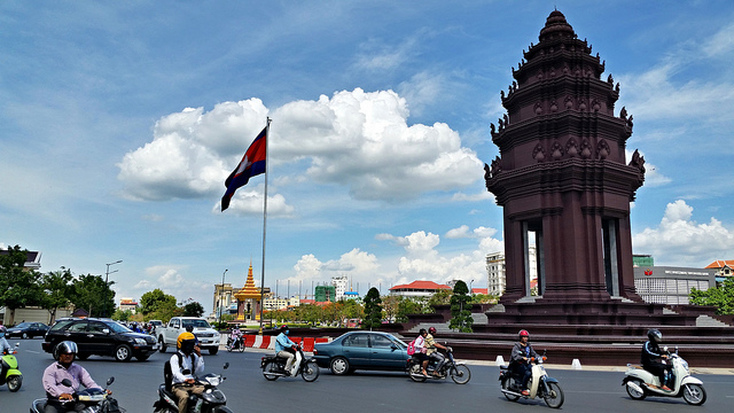
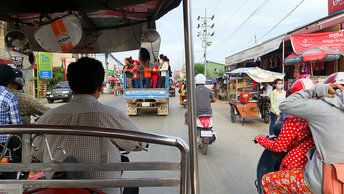
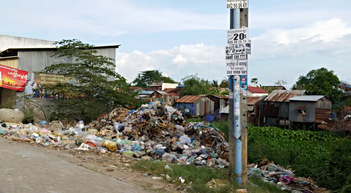
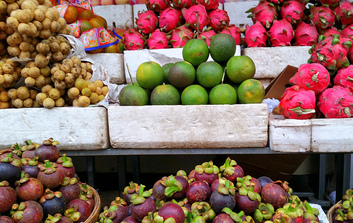
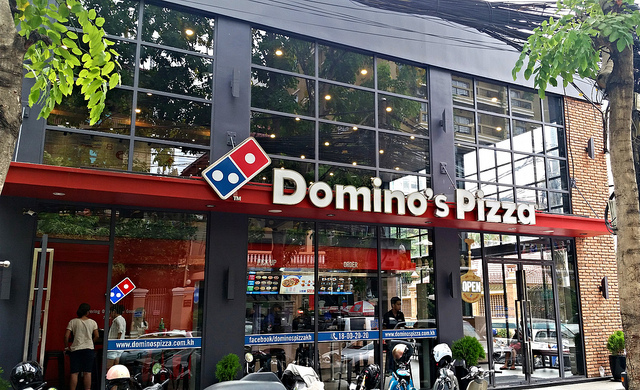
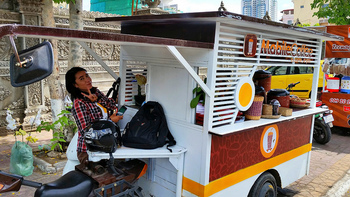
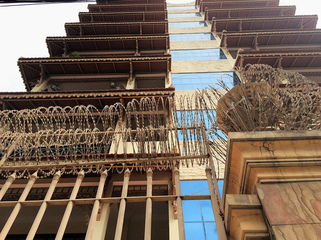
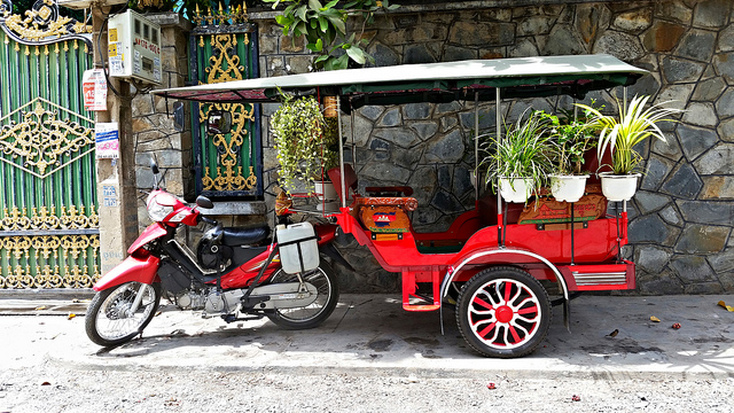
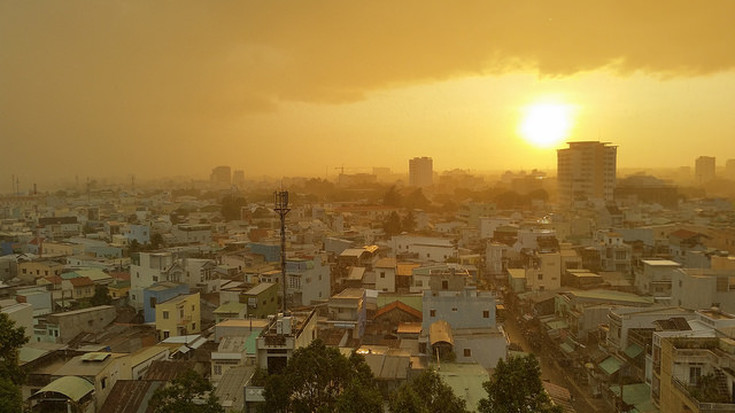
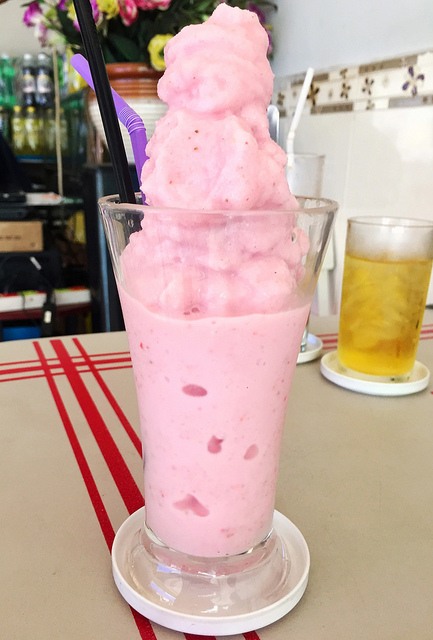
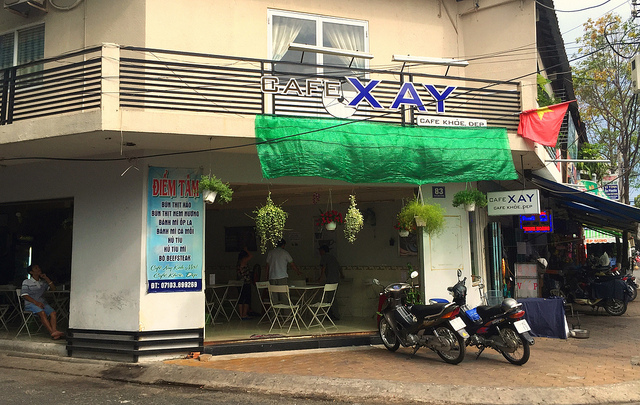
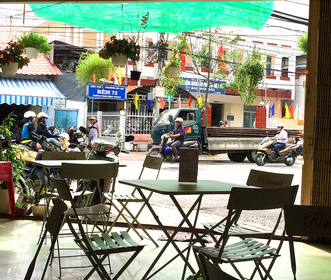
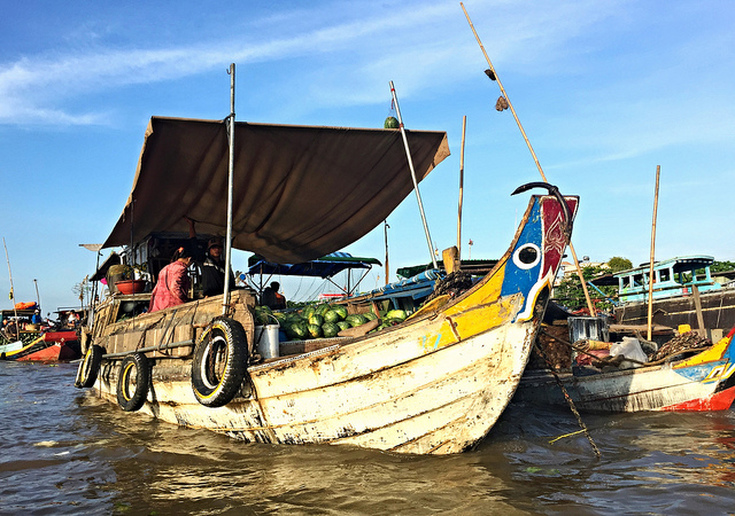
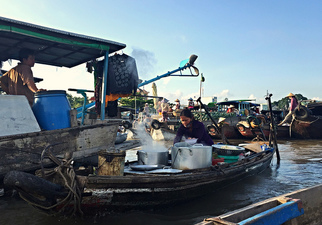
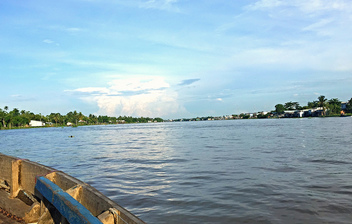
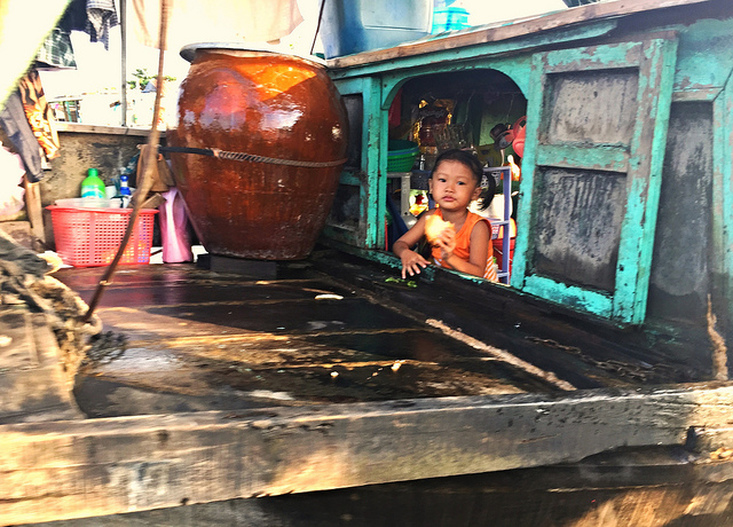
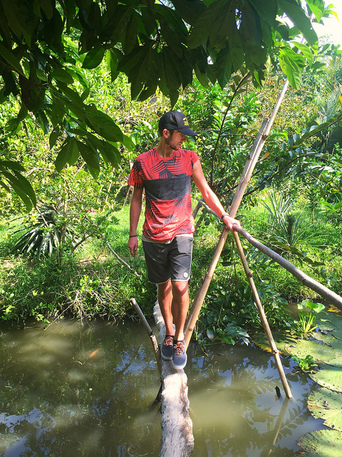
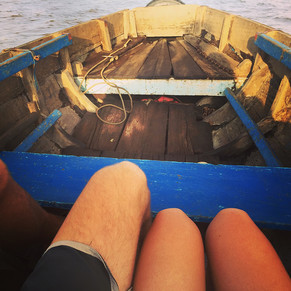
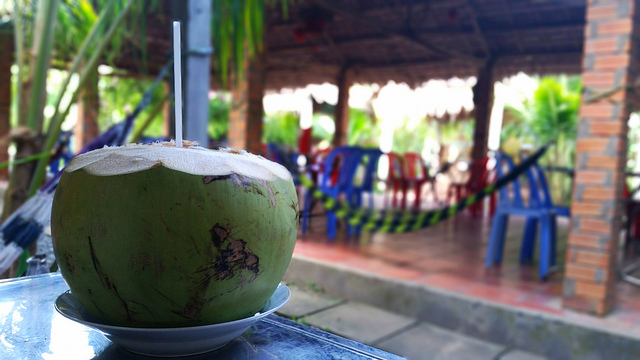
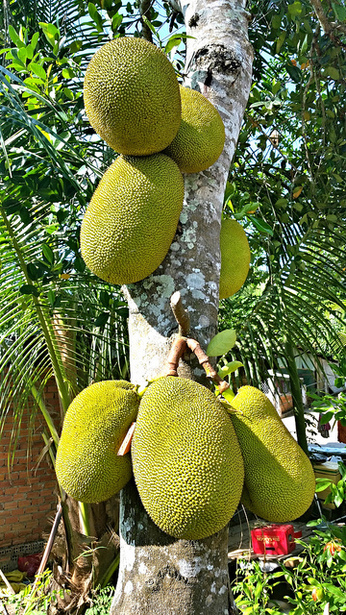
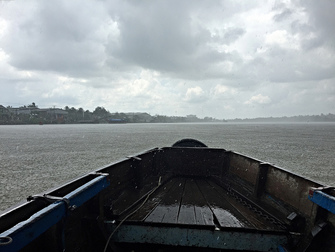
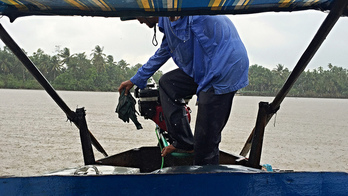
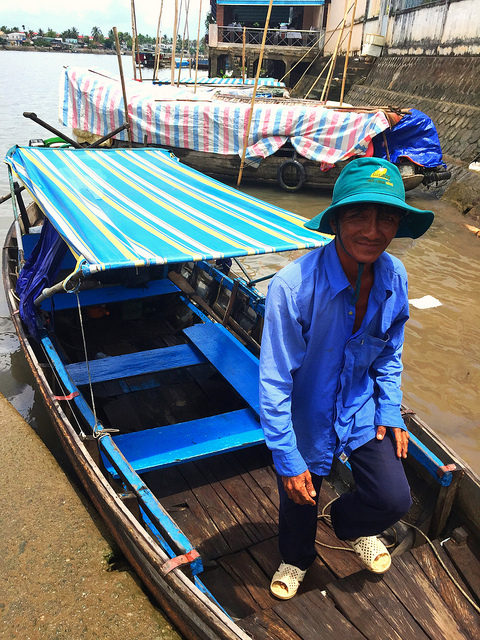
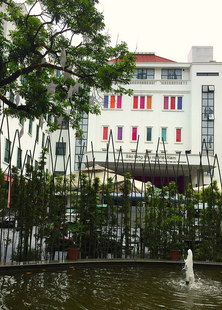
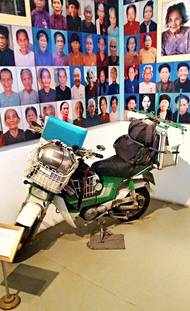
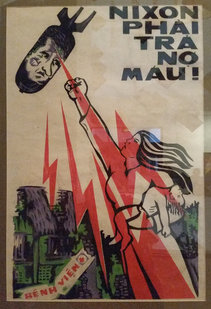
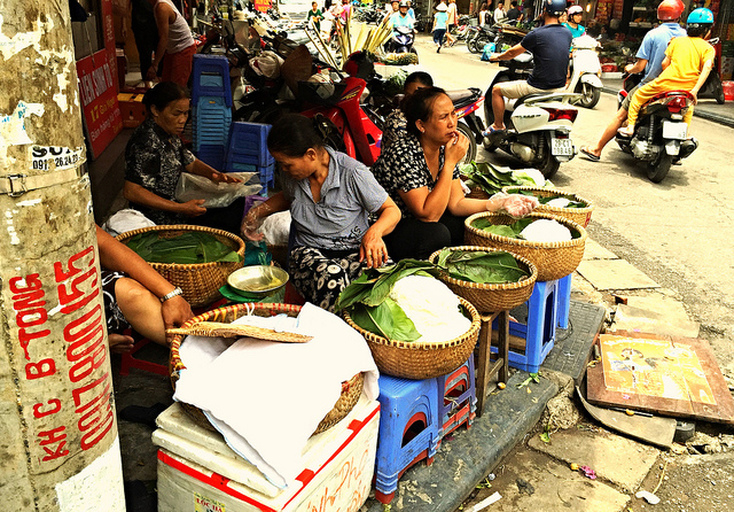
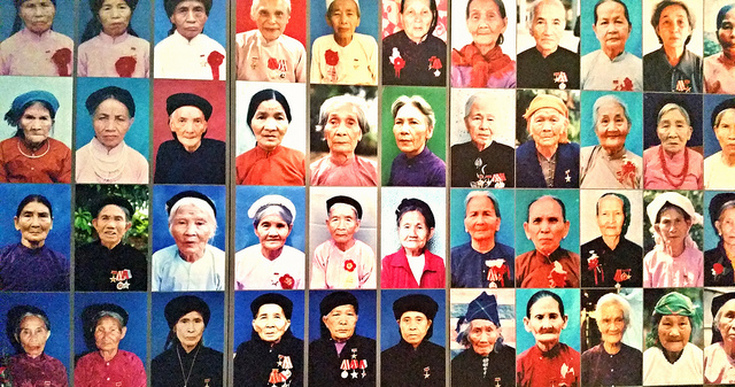
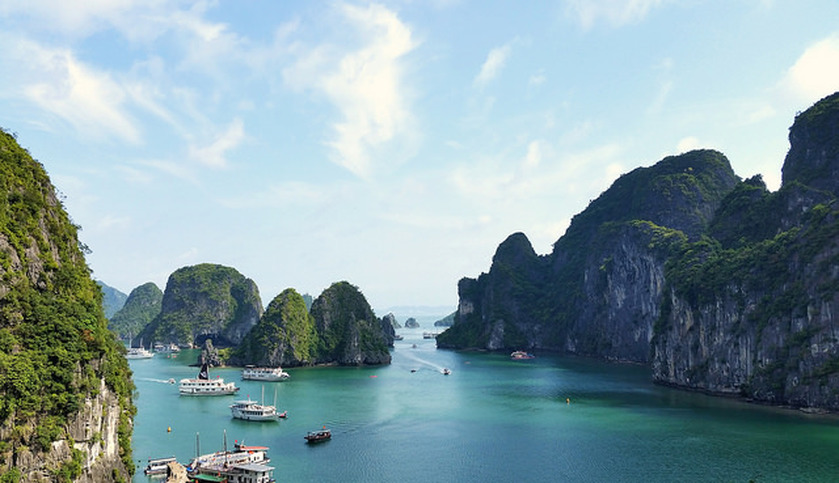
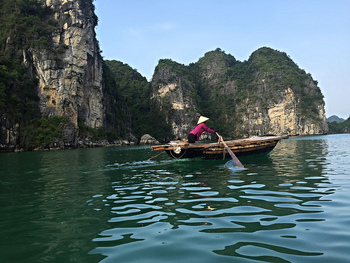


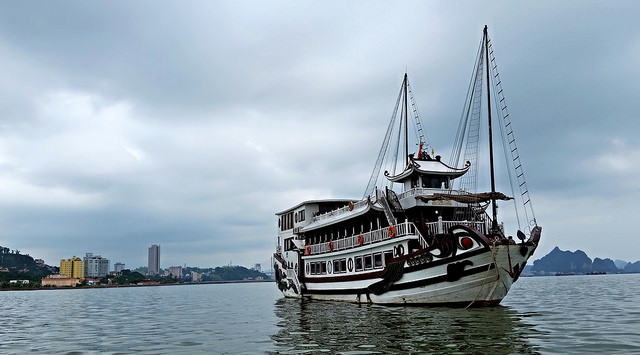
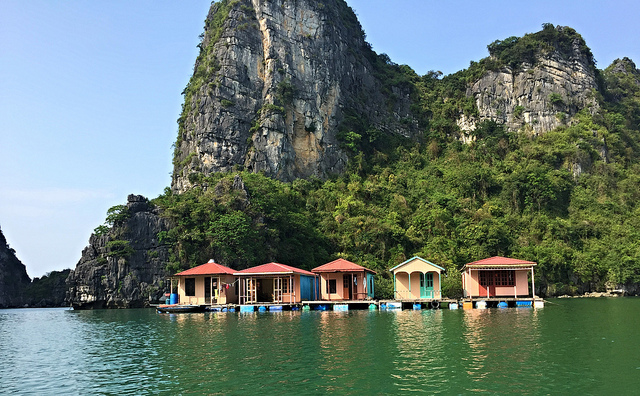
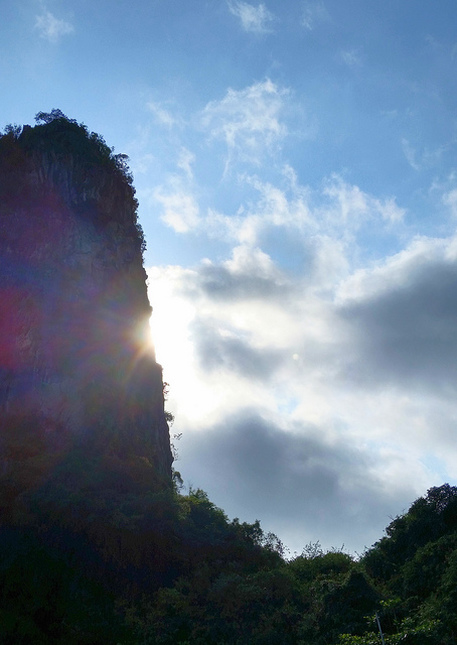
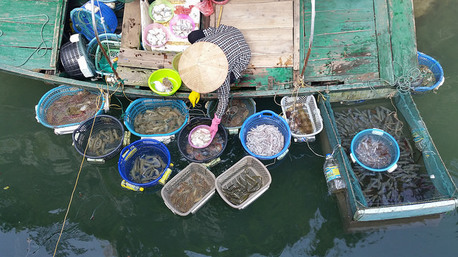
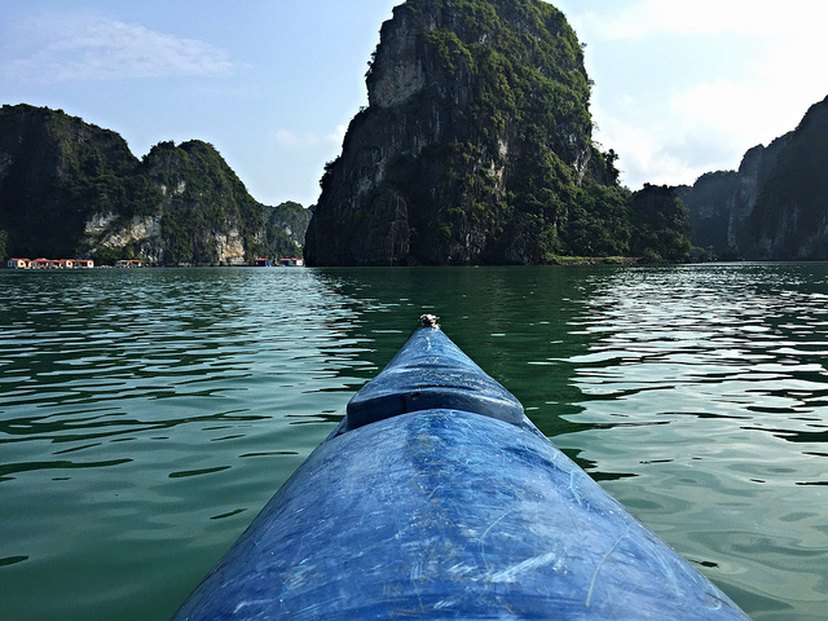
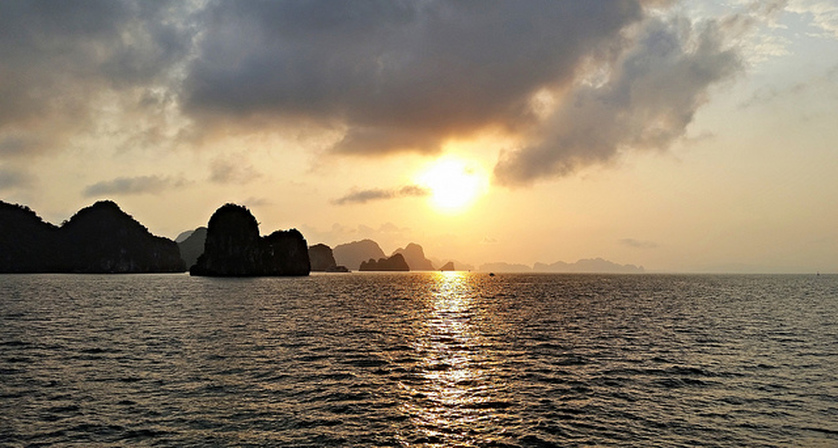
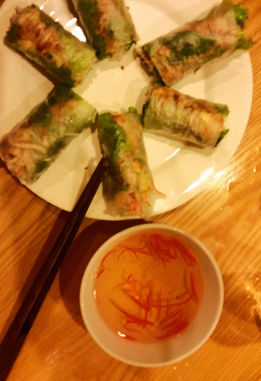
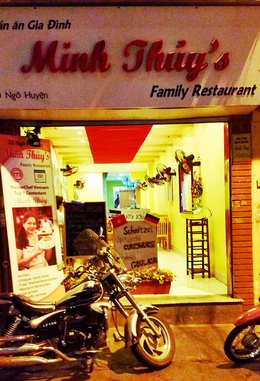
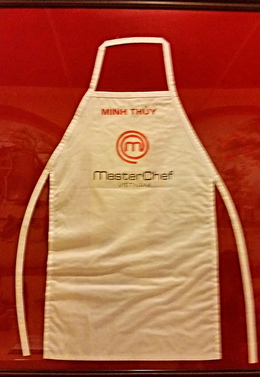
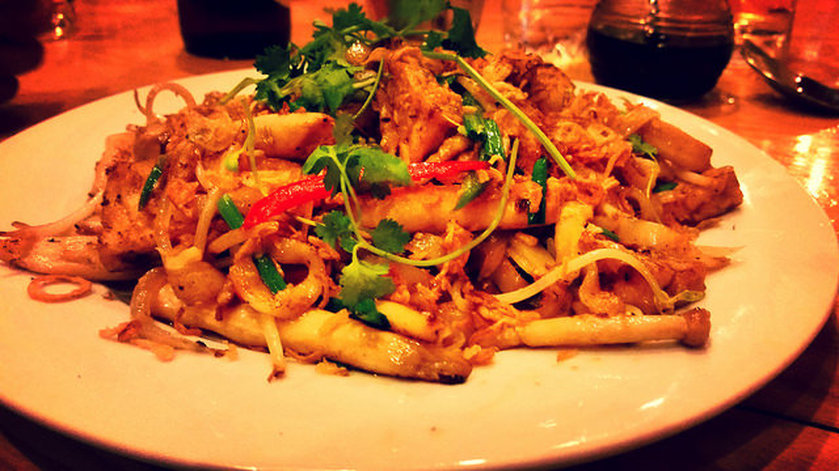
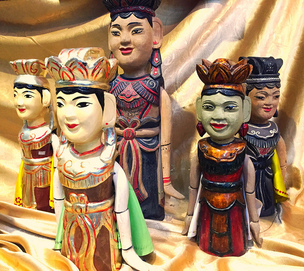
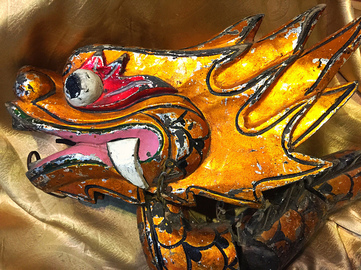
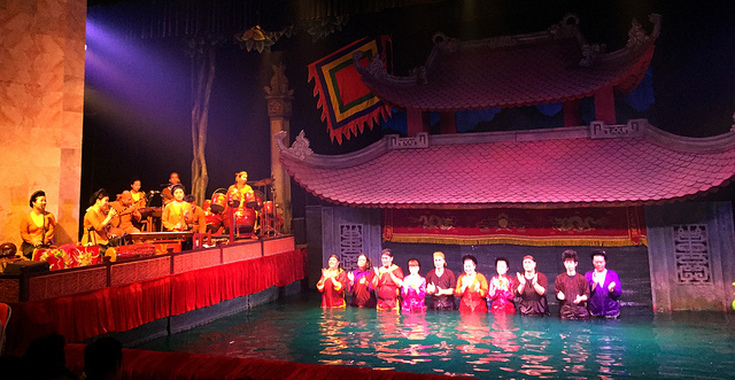
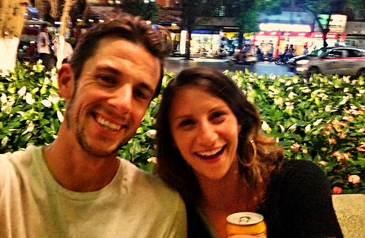
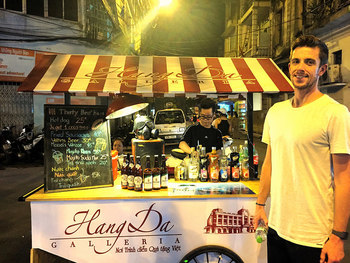
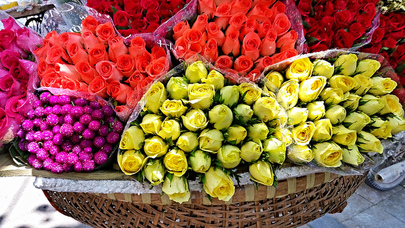
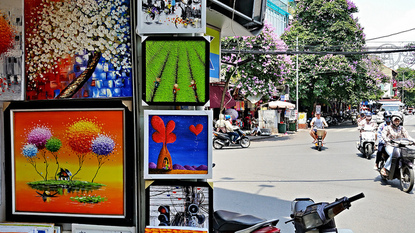
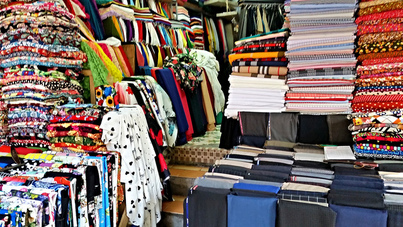
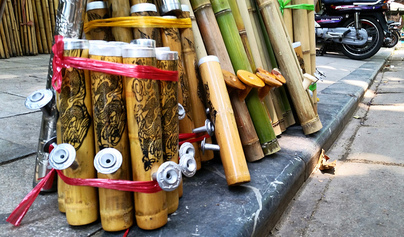
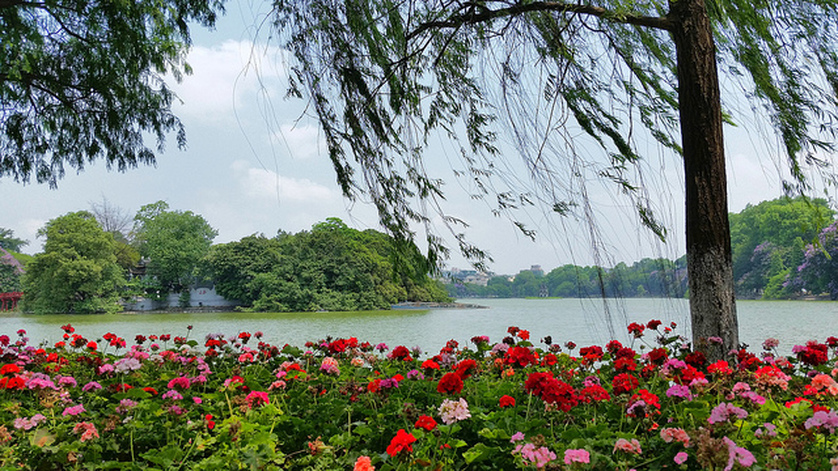
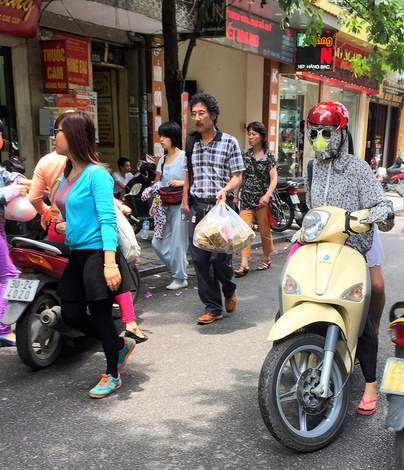
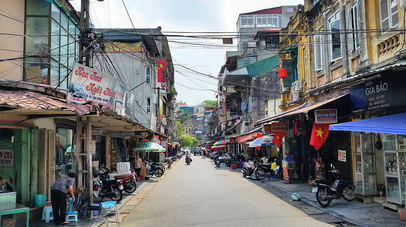
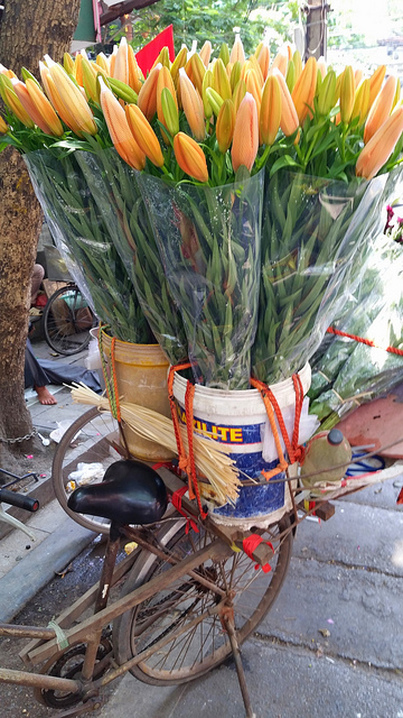
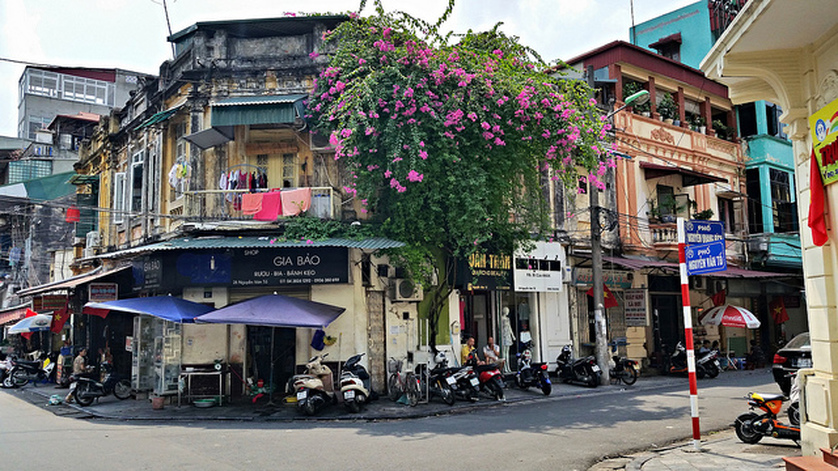
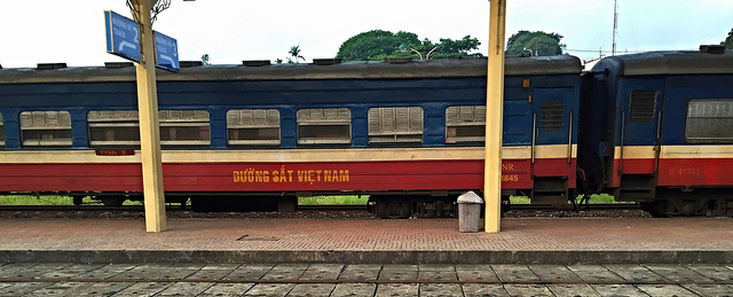
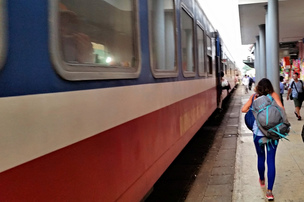
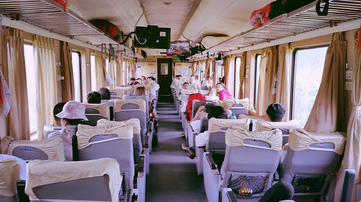
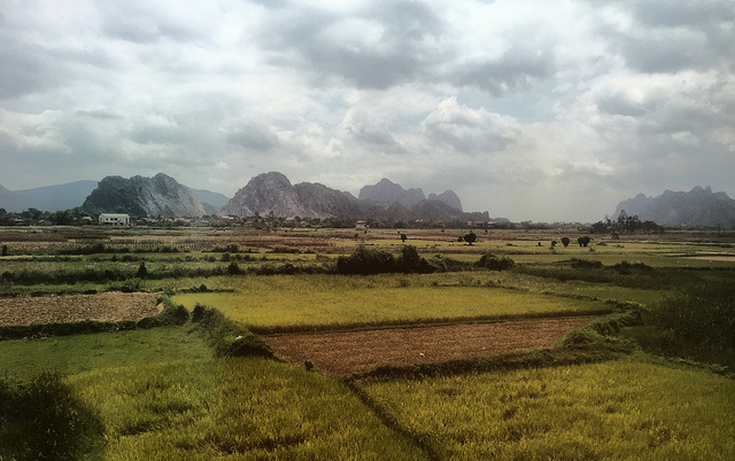
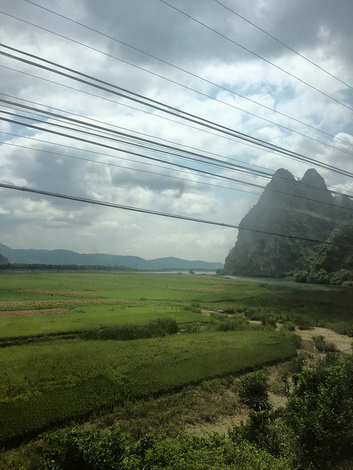
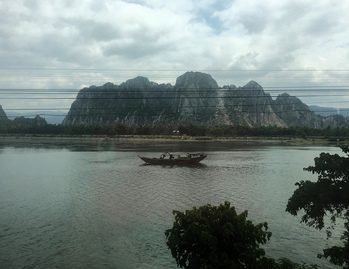
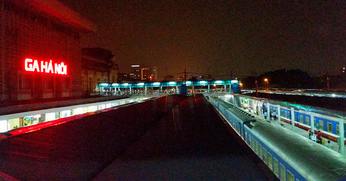
 RSS Feed
RSS Feed
